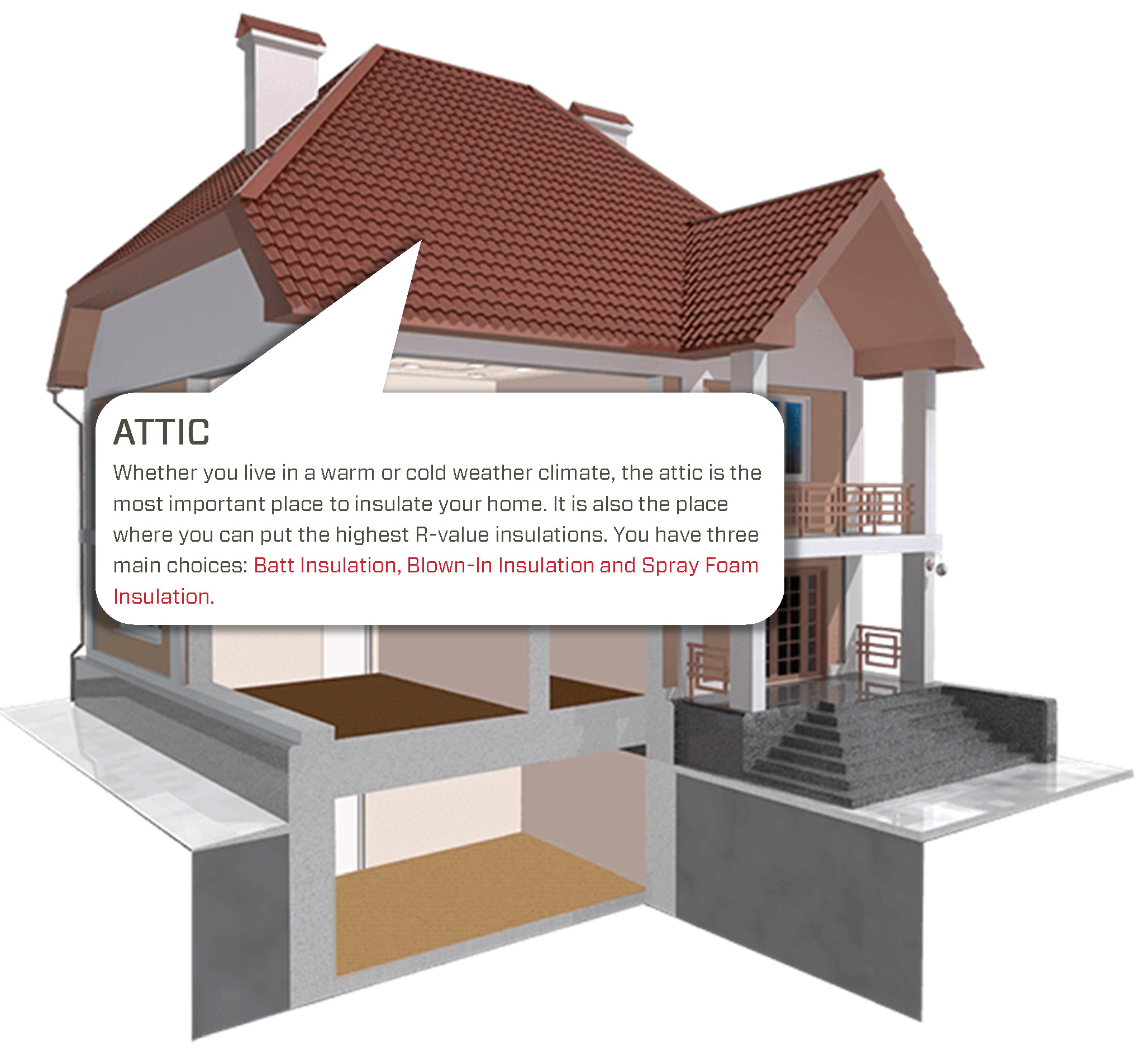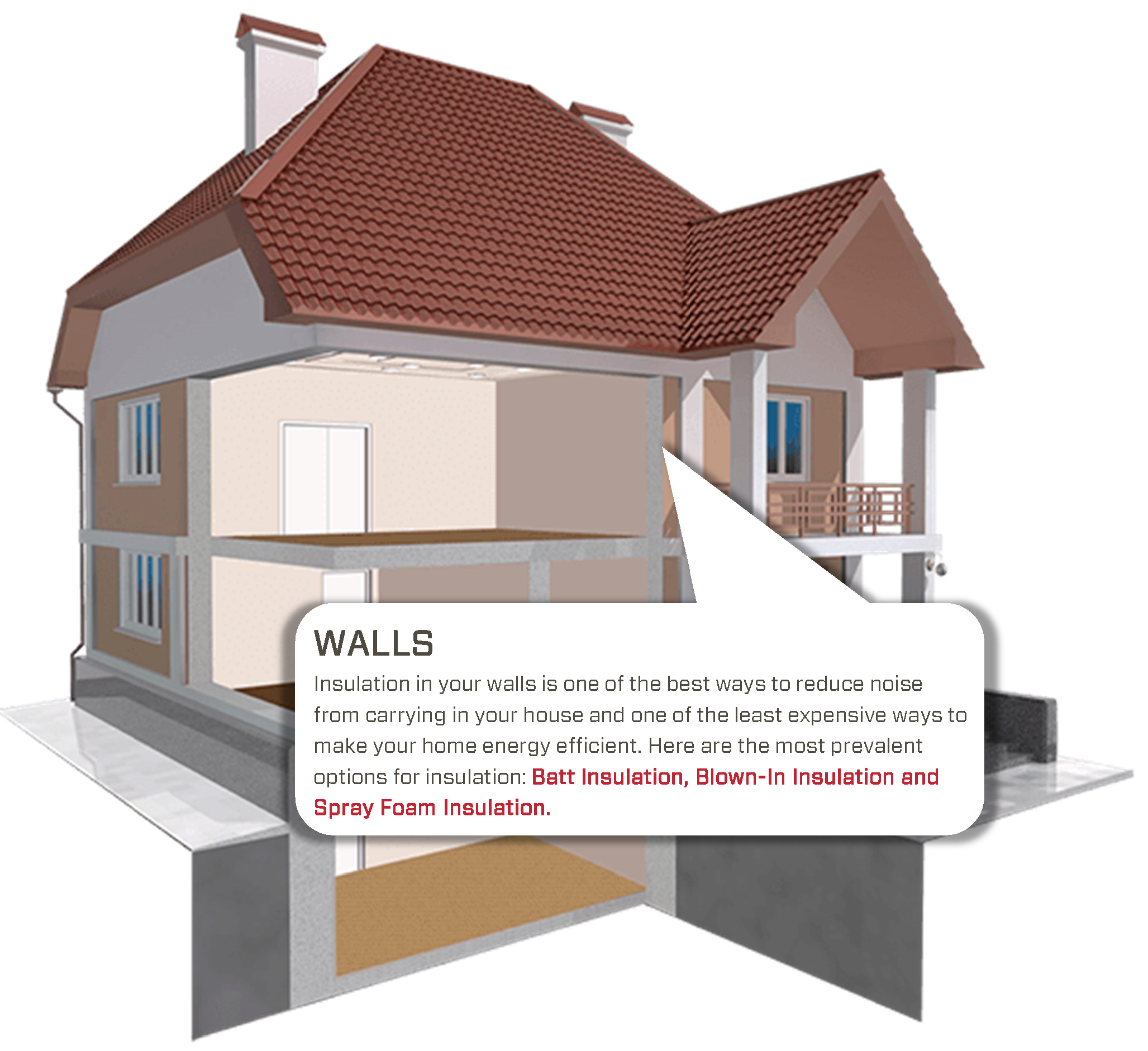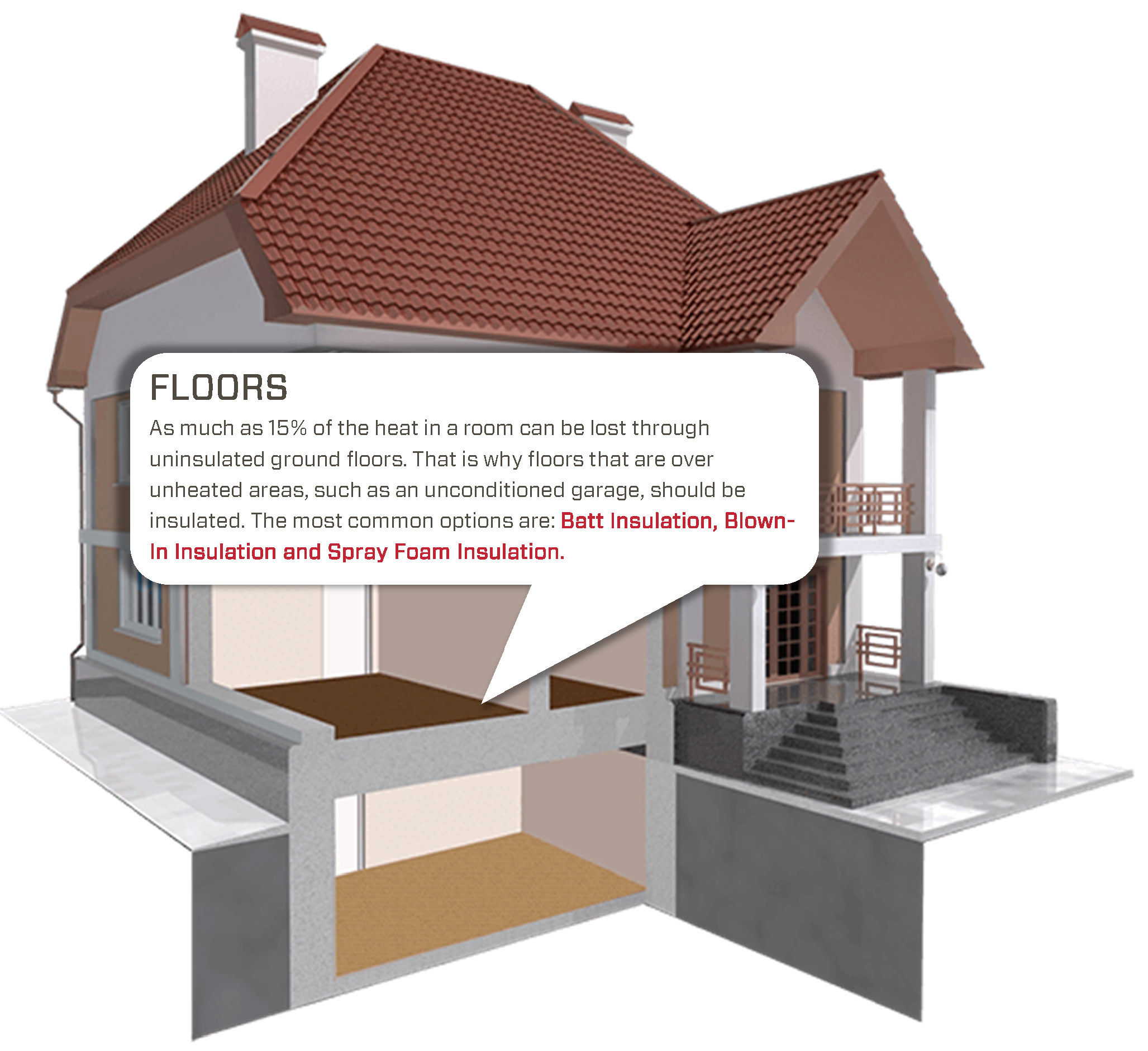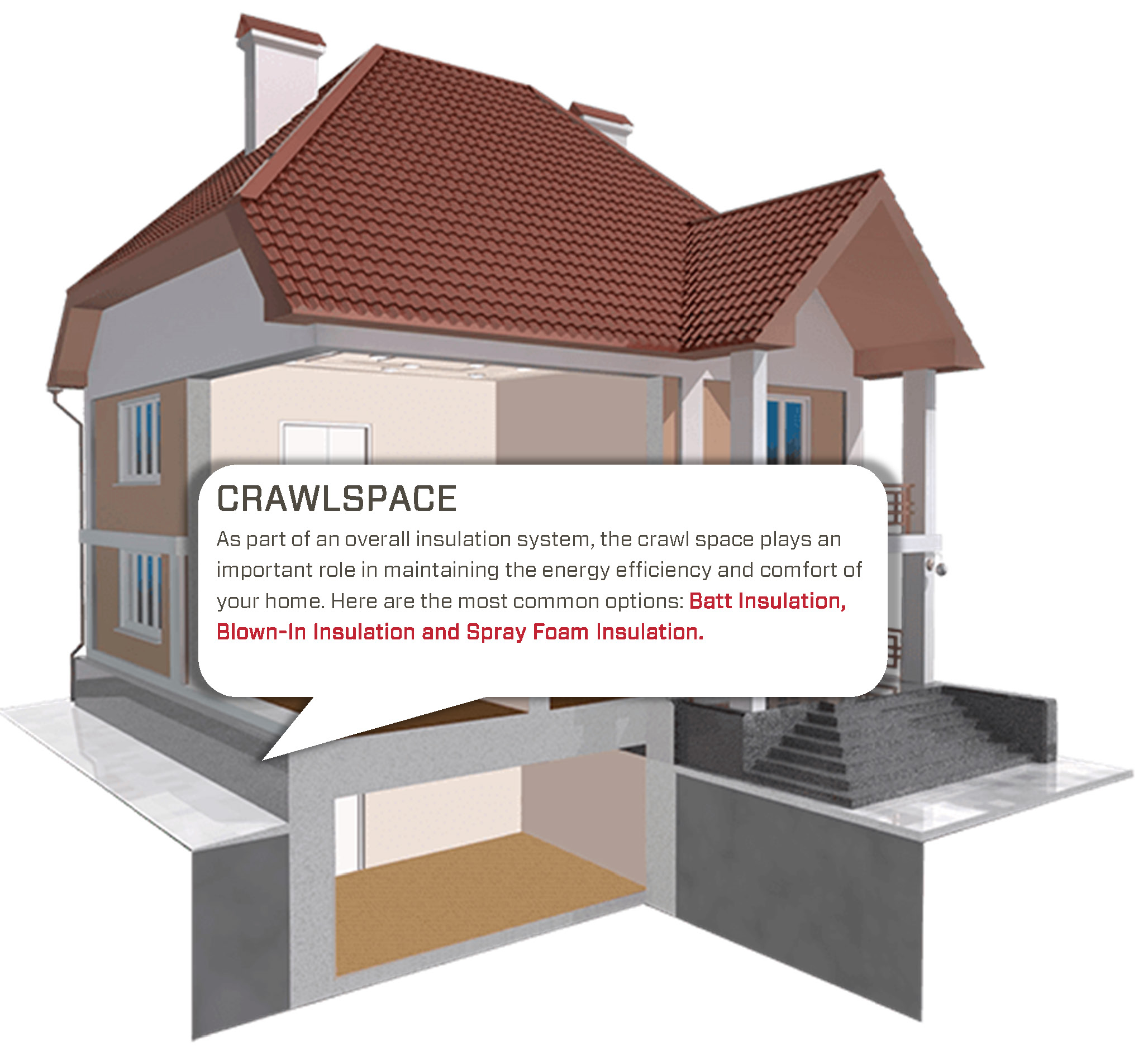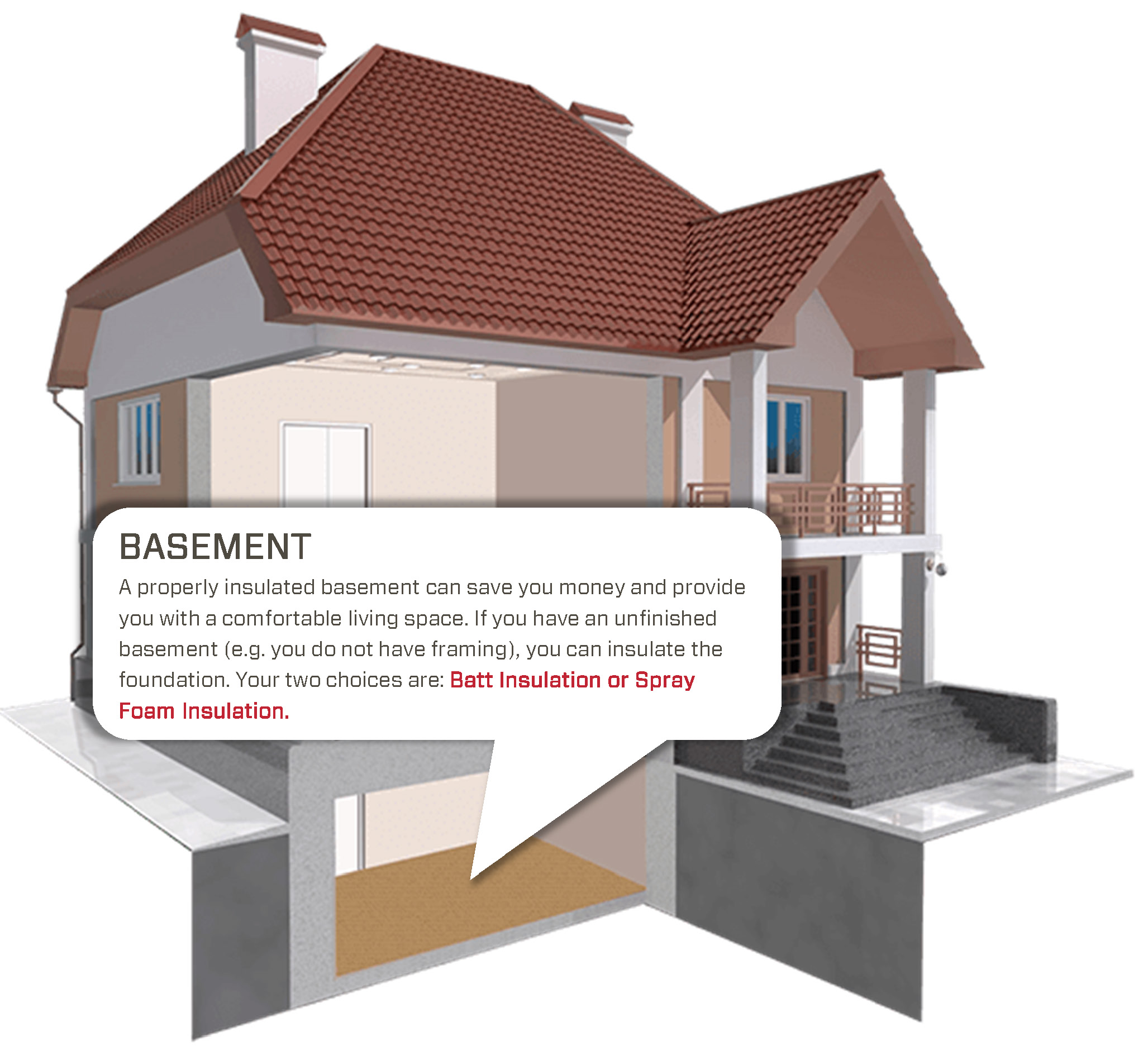Introduction
The purpose of this guide is to help you understand the different types of insulation (fiberglass, cellulose, spray foam, etc.) and what your options are to install it as part of a home restoration project or rebuilding effort. This is specifically written for anyone who may have had flooding or home damage due to Hurricane Harvey or Hurricane Irma, but there is plenty of general advice as well. Below is a list of resources you can use to evaluate insulation contractors and the information you need if you choose to do the installation yourself. Please forward this to anyone who is looking for help. For a good overview on flood housing recovery, including suggestions on how to fix and prevent damage, we recommend this article from The Washington Post that was recently published: How water damages a flooded house — and which parts can be saved.
Since Hurricane Harvey, we have fielded questions from homeowners and contractors in Houston and throughout Florida asking for information about closed-cell spray foam insulation. This is the type of insulation which provides added structural strength and is a rigid, vapor-resistant foam that won’t need to be replaced if your home is flooded. It’s also the most energy-efficient insulation and air sealant available today. To learn more about spray foam, check out this overview on the benefits of spray foam insulation, or this article about why spray foam is a great alternative (and why contractors like USI choose to use it, especially for homes that might be prone to flooding.)
The 5 Parts of this Home Restoration Guide:
- Installation options (hire out or DIY?)
- Insulation types (and how to calculate the R-value needed for your climate zone)
- Advantages of each type of insulation (and what problems they address)
- Where to insulate in your home (and the options for each area)
- How to find a qualified contractor to install insulation (and what questions to ask)
PART 1: INSTALLATION OPTIONS
For installing insulation, you essentially have 3 options:
- Hire a specialized insulation contractor like USI directly. You can find qualified contractors by visiting websites like your local Home Builders Association, the Insulation Contractors Association of America, the Spray Polyurethane Foam Alliance, or by checking out the listings of qualified contractors on SprayFoam.com. Another option is to hire a contractor through your local home improvement retailer.

- Hire a general contractor to do the home restoration work. This is an option when you need to do a complete remodel and need new drywall installed, insulation, flooring, electrical, etc. A general contractor may subcontract the insulation installation to a company like USI. Our local branches are all actively involved in the local Home Builders Association, so our branch personnel will likely be able to point you in the right direction if you need to get a referral.
- Install the insulation yourself. If you choose the DIY route, this guide will help you get started, but you will most likely be paying more for materials and installation will take time. If you or someone you know has installation experience, make sure you are taking the proper safety precautions and prepare accordingly. Before going this route, read this:
PART 2: MAJOR INSULATION TYPES
Here are some information about the major types of insulation. For a more in-depth reference, you can download our Insulation Benefits Guide.
Common and cost-effective, batt insulation provides basic coverage for attics, walls, crawl spaces, ceilings and basements. It’s quick and affordable and also offers sound dampening qualities.
With a high percentage of recycled content, blown-in is eco-friendly and very energy efficient. It provides a dense, effective barrier against heat loss in attics, walls and hard-to-reach spaces.
Spray polyurethane foam (SPF) insulation is the most advanced, energy-efficient insulation and air sealant available today. USI offers a nationwide team dedicated to installing this excellent energy-saving technology.
- CLOSED-CELL SPF provides added structural strength and is a hard, vapor-resistant foam that won’t need to be replaced if your home is flooded.
- OPEN-CELL SPF offers the same insulation benefits but does not act as a vapor retarder or water barrier.
This specialized roof insulation reduces attic temperatures by up to 30 degrees in the Summer. In warmer climates, it reflects and reduces the radiant energy of the sun by 97 percent.
All of the cracks, holes and gaps in your home could form the equivalent of a 30-inch-wide window being open at all times. Thorough insulation begins with sealing these hidden holes with proven air sealing techniques.
INSULATION QUICK FACTS:
- Proper insulation and air sealing services can help you save up to 20% on your utility bills
- Batt insulation provides good R-Values as well as sound dampening. Up to 80% recycled content is available.
- Blown-in insulation provides better R-Values and better noise control. Up to 85% recycled content is available, making this an excellent choice for the environment.
- Spray foam insulation provides the best R-Values while also air sealing tiny cracks and gaps.
Recommended Insulation Levels
The map below shows the most cost-effective levels of insulation for the different climate zones in the U.S. Based on your zone, use the table to find out how much insulation you need to add if you have an uninsulated attic or if you have a few inches of existing insulation and need more for home restoration purposes.

To understand how much insulation you need, it’s important to understand R-Value, which is a measure of insulation’s ability to resist heat traveling through it. The higher the R-Value, the better the thermal performance of the insulation. The materials that measure a greater resistance to heat flow (usually because of its thickness) will have higher R-values. It may sound like a no-brainer to choose the insulation material that boasts the highest R-value. However, this is not the only determination of insulation’s quality. Four factors determine the quality and overall effectiveness of insulation:
- Conduction
- Convection
- Air filtration
- Radiation
Some types of spray foam, for example, may have a low R-value and yet it is still one of the best insulation types in the industry.

How to Calculate R-value
The testing that is used to determine the R-value of material is called the “Standard Test Method for Steady-State Thermal Transmission Properties by Means of the Heat Flow Meter Apparatus,” or in short, AST C518. To determine your existing R-Value, you would multiply the inch number of your insulation by the R-Value of its particular type. Below is a chart listing the typical R-Values of the different of insulation type.
| Insulation Type | R-Value |
| Fiberglass Batt Insulation | R-8 (3″) to R-38 (12″) |
| Other Batt Insulation | R-11 (3-1/2″) to R-30 (9-1/2″) |
| Fiberglass Blown-in Insulation | R-8 (3″) to R-60 (27-1/4″) |
| Cellulose Blown-In Insulation | R-8 (2″) to R-60 (18-3/4″) |
The below chart features R-Values of particular types of climates.
| Climate | R-Value |
| Warm Climates | R-30 to R-49 |
| Moderate Climates | R-38 to R-60 |
| Cold Climates | R-49 to R-60 |
Now that you understand R-value and some basic information about the levels of insulation needed, you may wan to learn more about the technical terms that you’ll find in an insulation bid. Here are links to learn about industry definitions, with useful explanations of the terminology:
- Glossary of terms, including an R-Value Calculator
- Spray Foam information
- General Insulation information
PART 3: ADVANTAGES OF EACH INSULATION TYPE
Closed Cell SPF- Protects against conduction, radiant, convection, moisture accumulation, air intrusion, air infiltration
- Around R-7 per inch – the highest R-value per inch allowing us the ability to reach required R-values in shallow cavities
- Addresses all six paths of heat gain and loss allowing for lower required R-values
- Air Barrier
- Allows us to insulate direct to the underside of the roof deck as per code and air seal
- Framing cavities at vertical walls and sub floor
- Bulk water barrier
- Allows us to apply in areas where insulation may come in direct contact with earth or water
- Will act as a secondary water barrier under the roof deck during events such as hurricanes
- Protecting the interior of the home from water damage
- Vapor Retarder
- Has a dramatic effect on vapors ability to defuse through the envelope that could lead to major moisture issues
- Sound transmission class
- STC Rating 39
- Very good at keeping sound pollution out of the building
- Added structural strength
- Adds a 300% increase to racking and uplift strength of a structure at three inches
- Is the only insulation approved by FEMA because of this and its bulk water barrier ability
- Use in conjunction with other products
- Exterior walls: 1” in climate zones 1-3, 1.25” climate zone 4-6
- In climate zone 7, foam must make up 30% of the total R-vale
- Advantage: the closed cell gives you an air barrier and vapor control while saving money using a less expensive insulation to achieve required R-values
Open Cell SPF
- The most widely used foam on the market
- Protects against conduction, radiant, convection, moisture accumulation, air intrusion, air infiltration
- R-3.5 per inch
- Half the R-value of closed cell, same benefits as an insulator
- Addresses all six paths of heat gain and lose allowing for lower required R-values
- Air Barrier
- Allows us to insulate direct to the underside of the roof deck as per code and air seal
- Framing cavities at vertical walls and sub floor
- Sound transmission class
- STC Rating 37. Very good at keeping sound pollution out of the building and good for interior sound control.
- Best applications
- Underside of Roof deck, vertical walls, sound walls.
- Interior use only
- Use in conjunction with other products
- Exterior walls: 1” in climate zones 1-3, 1.25” climate zone 4-6
- In climate zone 7, foam must make up 30% of the total R-value
Faced Fiberglass
- Approximately R-2.9 per inch. Protects against conduction and moisture accumulation
- Faced insulation has paper on one side that acts as a Class II vapor retarder installed facing the hot warm side during the winter months.
- Vapor Retarder
- Class II
- Sound transmission class
- STC Rating 39. Good for interior sound walls but less effective than more against noise pollution.
Faced and Un-faced Fiberglass
- Use in conjunction with other products as a hybrid system. Foam sprayed to the substrate and fiberglass filling the remainder of the cavity.
Loose Fill Fiberglass
- R-2.5 Protects against conduction
- Loose fill insulation is the most economical and widely used insulation in attics at the the attic floor in accessible none sloped areas.
- Use in conjunction with other products
Loose Fill Cellulose
- R-3.3 Protects against conduction
- Loose fill insulation is the most economical and widely used insulation in attics at the the attic floor in accessible none sloped areas.
- Use in conjunction with other products
BIBS Insulation (Cell or Fiber)
- Better conventional insulation solution
- R-4.2 Protects against conduction
- Bibs is applied at exterior walls, full filling the cavity and held in place by netting. This application is better than batt insulation filling all gaps around outlets, plumbing and other obstacles.
- Sound transmission class
- STC Rating 49. Great against noise pollution.
- Use in conjunction with other products
Wet Spray Cellulose
- Very slight step down in performance from BIBS
- R-3.8 Protects against conduction
- Wet Spray Cellulose is applied at exterior walls, full filling the cavity and held in place by an adhesive. This application is better than batt insulation filling all gaps around outlets, plumbing and other obstacles
- Sound transmission class
- STC Rating 49. Great against noise pollution.
- Use in conjunction with other products
PART 4: WHERE TO INSULATE IN YOUR HOME
There are five main locations in which you can install insulation: the attic, walls, floors, crawl space and basement. There are different reasons for (and benefits of) insulating each area. You can get a better understanding of each by looking at each of these home models:
PART 5: CHOOSING YOUR CONTRACTOR: THE QUESTIONS TO ASK
Once armed with a basic understanding of insulation, the last step is to find the right contractor to complete your installation or home restoration job. Here are some questions to ask.
What is your total cost quote for my project, including materials and labor?
 Quotes for insulation installation can vary widely, so it is important to be clear exactly what is accounted for in the quote. A bid from USI will include materials and labor and will be based on the coverage area. If a contractor charges a fixed rate, ask how they will handle possible additional charges after the contract is signed. If a contractor charges an hourly rate, ask for an estimate on how many hours they expect to be on site. If a contractor charges by coverage area, ask how they determine the coverage area of insulation needed.
Quotes for insulation installation can vary widely, so it is important to be clear exactly what is accounted for in the quote. A bid from USI will include materials and labor and will be based on the coverage area. If a contractor charges a fixed rate, ask how they will handle possible additional charges after the contract is signed. If a contractor charges an hourly rate, ask for an estimate on how many hours they expect to be on site. If a contractor charges by coverage area, ask how they determine the coverage area of insulation needed.
How long do you estimate my project will take?
If you expect an insulation job to be done well, it should not be rushed. However, it is understandable to want the job done as quickly as is reasonably possible. That is why it helps to know how long an insulation project typically takes to complete. A contractor’s estimate should fall logically within that timeframe. Make sure to take into consideration any estimates that may account for different scenarios, like needing to remove old insulation.
The size of the project is also a factor. Installing in an attic will be much quicker than installing in an entire home. Below is a general chart of time frames for regular insulation jobs, not taking into account scheduling or availability.
| Typical Installation Job | Typical Timeframe |
| Attic Insulation | 1-2 days |
| Crawl Space | 2-3 hours |
| Wall Spray Foam Injection | 2-5 hours |
| Cavity Wall Blown-In | 1 day max |
Are you licensed to operate in my state?
It is important to hire a contractor who has a license to operate in the state where your home is located. Every state has different requirements, but in general, a state license shows that the contractor passed an exam on applicable business and trade laws, and met state-specified education and experience requirements. Avoid unnecessary hassles by making sure your contractor is licensed.
Here is a list of USI insulation branches near areas affected by Hurricane Harvey and Hurricane Irma:
TEXAS
USI Champion Insulation – Houston
FLORIDA
USI West Coast Insulation – Fort Myers
USI First Choice – Jacksonville
USI Orlando – Orlando
USI Professional Insulation – West Palm Beach
GEORGIA
USI Southern Foam – Claxton
USI Savannah – Savannah
SOUTH CAROLINA
USI Southern Foam – Summerville
Are you insured to cover any accidents while working in my home?
When hiring a contractor, ask whether or not they are insured. Insurance covers both liability and workers’ compensation, which means you are covered if the contractor causes damage to your home or if there are any accidents. Insurance protects everyone involved and is a must if you want to ensure you are protected as a consumer. Protect your insulation investment by making sure your contractor is insured.
Are you certified under OSHA?
The Occupational Safety and Health Administration, or OSHA, is government agency whose mission is to “assure safe and healthful working conditions for working men and women by setting and enforcing safety standards…” If a contractor is OSHA-certified, it shows that they operate responsibly, under high standards of safety, fulfilling all safety requirements and reducing risk and liability on all the work they do. When contractors violate OSHA’s safety and health standards, they are fined. Ensure that all safety precautions are met by making sure your contractor is OSHA-certified.
How many years of experience do you have?
In any industry, substantial work experience is valuable in building a contractor’s skill in their trade. The longer a contractor has been working in insulation, the higher their skill and knowledge usually are. It is also important that they specialize in installation. Also, how many years the contractor has been in business shows whether or not the contractor is well-established in the local community.
Can you provide credible references, referrals, and reviews?
Word of mouth is often the most powerful testimony of good work, and it is no wonder. The references, referrals, and reviews of actual customers reveal the strengths of a particular contractor, as well as their weaknesses.
Are you familiar with the building codes and requirements for my home?
As already eluded to above, this is critical. Building codes are regulations usually set by the city that dictate the standards related to construction, design, alteration, maintenance, and safety. Buildings must conform to these codes and requirements to ensure the health and welfare of residents. It is important that the contractor you hire is familiar with your particular local building codes and needs, and that they fully adhere to them.
Are you an active member of reputable associations?
When looking to hire a contractor for your insulation needs, active membership in contractor and industry associations is an excellent quality. It shows a commitment to their trade. USI is involved in several industry associations and have been recognized by the Better Business Bureau.
For example, here is a live link to USI’s rating on BBB. Click it to review our profile. If there are any complaints in a contractor’s profile, you can read them and see how the company responds and addresses the service quality issue.
Summary: What to Expect from an Insulation Contractor
With USI, an insulation representative may come to your home to identify how much insulation you have and how much you need to add for optimal insulation levels, or it can be done over the phone. A professional assessment and estimate should be free in almost all cases.
 A contractor representative should help you understand the process of estimating, scheduling and inspecting your insulation project. Expect the installation team to keep you informed during all stages of your project, and to explain how much time to set aside and what may be needed from you. In some cases, you may need to be out of your home to follow safety protocol. For example, there can be breathing hazards during application of certain materials.
A contractor representative should help you understand the process of estimating, scheduling and inspecting your insulation project. Expect the installation team to keep you informed during all stages of your project, and to explain how much time to set aside and what may be needed from you. In some cases, you may need to be out of your home to follow safety protocol. For example, there can be breathing hazards during application of certain materials.
The insulation contractor should:
- Demonstrate product knowledge
- Know the problem that insulation will solve
- Be able to compare alternatives for the best value
- Understand the limitations of each insulation type
- Know what to expect regarding lead time and scheduling an insulation job
- Demand a safe and secure work environment
Thanks for reading our guide and please share this if you’ve found it useful. For more information please call the branch near you. Please forward this to anyone who is looking for help.
